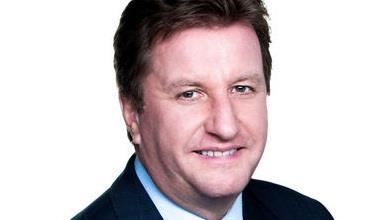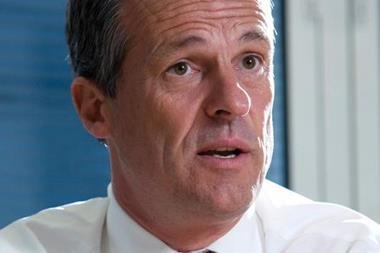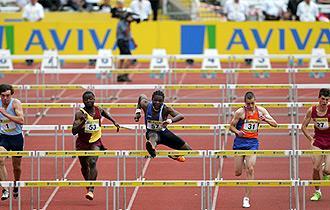Commercial lines net written premium up 2% at RSA and 6% at Aviva so far in 2011
Nine-month progress indicators from RSA and Aviva paint an encouraging picture for two of the country’s largest general insurers for the year so far.
But the results also contain some warning signs, and there is little sense of a let-up in commercial lines competition. The results also received mixed reviews from equity analysts.
RSA, which only provided revenue figures and no indication of profitability at the nine-month stage, reported a 7% increase in UK general insurance net written premiums, to £2.3bn in the first nine months of 2011, from £2.2bn in the same period last year.
The insurer revealed that the bulk of the growth was driven by personal lines. Personal lines NWP was up 13% to £1.03bn, from £908m. Commercial lines premiums, however, only grew 2% to £1.28bn, from £1.26bn. Within this, mid-market premiums dropped 12% to £334m. The fall was offset by a 7% increase in marine premiums and a 24% growth in the Risk Solutions Europe division.
RSA also warned the market not to expect growth levels for the full year to mirror those seen in the first quarter, because of competitive market conditions and the company’s desire to avoid unprofitable business.
Analysts were encouraged by RSA’s affirmation that it expects its group-wide full-year combined ratio to be below 95%, despite the international catastrophe losses during the year. Shore Capital analyst Eamonn Flanagan described the guidance as “a good interim management statement from RSA”.
Jefferies analyst James Shuck was less convinced, however, calling the announcement “pretty uneventful” and saying of the group numbers: “Overall these look okay, but nothing more.”
A similar personal/commercial split was seen at Aviva. Personal lines NWP grew 16% in the first nine months of 2011 compared with the same period last year, while commercial lines premiums increased only 5%. Overall, Aviva saw UK general insurance NWP, excluding health and group reinsurance, rise 12% to £3.3bn from £3bn.
Aviva’s results also demonstrated that commercial rate rises are difficult to come by. While the company achieved motor rate hikes of 7% over the past year, it said commercial non-motor rate increases remained “in the low single digits” and did not give a number.
As with RSA, Aviva’s combined ratio trend is positive. The UK GI combined ratio improved one point to 95% from 96%. But Flanagan said Shore Capital had expected Aviva to improve on the 96% group GI combined ratio it posted at the half-year stage.
One element separating the two companies at group level is exposure to peripheral eurozone sovereign debt. Aviva had a total exposure of £9.1bn compared to RSA’s £146m, reflecting the exposure on the life side of Aviva which RSA lacks.
Hosted by comedian and actor Tom Allen, 34 Gold, 23 Silver and 22 Bronze awards were handed out across an amazing 34 categories recognising brilliance and innovation right across the breadth of UK general insurance.














































No comments yet